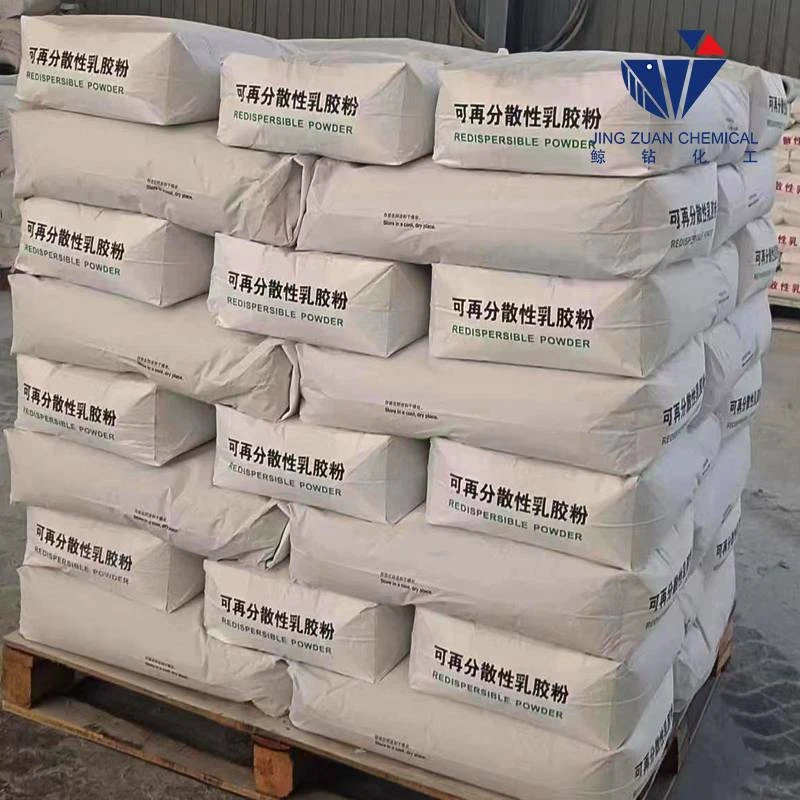
Dec . 19, 2024 01:56 Back to list
grades of hpmc
Understanding the Importance of Grades of HPMC in Pharmaceutical Applications
Hydroxypropyl methylcellulose (HPMC) is a versatile polymer widely used in various industries, particularly in pharmaceuticals. Its unique properties make it an essential ingredient in the formulation of various drug delivery systems. One critical aspect of HPMC that deserves attention is its grades, which can significantly influence the performance of pharmaceutical products.
What is HPMC?
HPMC is a non-ionic, water-soluble polymer derived from cellulose. It possesses several advantageous characteristics, such as biodegradability, non-toxicity, and excellent film-forming capabilities. These properties make HPMC particularly suitable for pharmaceutical applications, including tablets, capsules, and controlled drug release systems.
The Significance of HPMC Grades
The effectiveness of HPMC in pharmaceutical formulations can vary widely based on its grade. The grades of HPMC are primarily determined by the degree of substitution (the extent to which the hydroxyl groups in the cellulose structure are replaced by hydroxypropyl or methyl groups). This substitution impacts various properties such as solubility, viscosity, and gel formation, all of which are pivotal for drug formulation.
1. Viscosity Different grades of HPMC exhibit varying viscosity levels. The viscosity is crucial in determining how a formulation will behave during mixing, storage, and application. Higher viscosity grades are typically employed in formulations where thickening or stabilizing effects are essential, whereas lower viscosity grades might be used in applications requiring rapid dispersion or dissolution.
grades of hpmc

2. Solubility The solubility of HPMC grades influences how well drugs can be incorporated into formulations. Specific grades are more soluble in water than in organic solvents, which makes them preferred for certain aqueous formulations. Understanding the solubility profiles of HPMC grades helps formulators select the right grade to ensure optimal drug release and absorption.
3. Gel Formation Grades of HPMC differ in their ability to form gels and films upon hydration. This property is particularly important in controlled-release applications, where a gel matrix can help retain the drug and release it over an extended period. The ability to tailor gel properties by selecting the appropriate grade of HPMC can significantly enhance the efficacy of a drug delivery system.
Applications of Different HPMC Grades
The pharmaceutical industry utilizes various grades of HPMC based on specific needs in drug formulation. For example, high-viscosity grades may be used in the development of sustained-release systems, where a slow and controlled release of the drug is desirable. Conversely, lower-viscosity grades might be favored in immediate-release formulations, where rapid dissolution is required.
Furthermore, HPMC is also employed as a binder in tablet formulations. The binding properties of different grades can affect the mechanical strength of tablets, influencing their disintegration and dissolution profiles. Therefore, the choice of HPMC grade can play a crucial role in the overall quality of the final pharmaceutical product.
Conclusion
In conclusion, the grades of hydroxypropyl methylcellulose are vital in the pharmaceutical industry for various reasons, including viscosity, solubility, and gel-forming capabilities. Understanding the specific properties associated with each grade enables formulators to optimize their drug formulations effectively. As the demand for more efficient and target-specific drug delivery systems continues to grow, the role of HPMC in pharmaceutical applications will likely expand, reaffirming its importance as a fundamental excipient in drug development. By choosing the appropriate grade of HPMC, pharmaceutical manufacturers can enhance the efficacy, safety, and patient compliance of their products, leading to better health outcomes.
-
Versatile Hpmc Uses in Different Industries
NewsJun.19,2025
-
Redispersible Powder's Role in Enhancing Durability of Construction Products
NewsJun.19,2025
-
Hydroxyethyl Cellulose Applications Driving Green Industrial Processes
NewsJun.19,2025
-
Exploring Different Redispersible Polymer Powder
NewsJun.19,2025
-
Choosing the Right Mortar Bonding Agent
NewsJun.19,2025
-
Applications and Significance of China Hpmc in Modern Industries
NewsJun.19,2025







